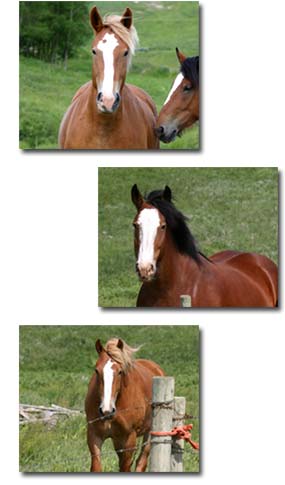Rarefying or Rarefactive Ostitis
 By this term is indicated an inflammation of the bone attended by its absorption, the absorption being due to the action of certain cells, termed osteoclasts. This condition may be due to the pressure of tumours, may occur as the result of injury when a piece of bone is stripped of periosteum, or may be the result of an inflammation occurring in the periosteum elsewhere.
By this term is indicated an inflammation of the bone attended by its absorption, the absorption being due to the action of certain cells, termed osteoclasts. This condition may be due to the pressure of tumours, may occur as the result of injury when a piece of bone is stripped of periosteum, or may be the result of an inflammation occurring in the periosteum elsewhere.A piece of bone undergoing rarefactive ostitis is redder than normal, and the openings of the Haversian canals are distinctly increased in size. As a result a greater number of them become visible.
Their increase in size is due to the inflammatory absorption of the bony tissue forming them, and in the larger of them may be seen inflammatory granulation tissue surrounding the bloodvessels. This enlargement of the Haversian canals is well seen when the bone is macerated, the whole then giving the appearance of a piece of very rough pumice-stone.
This process of rarefaction or absorption of bone tissue may be confined to quite a small portion, or it may be spread over the whole of the bone, rendering it more porous than is normal, but stopping short of complete destruction of the bone tissue (a condition which is sometimes known as inflammatory osteoporosis. In this latter case the condition is a chronic one, and the bone tissue remaining often appears to be strengthened by a compensatory process of condensation.
For an example of rarefactive ostitis as met with in cases of disease of the feet, we refer the reader to laminitis. The osteoplastic or condensing process that appears to exist simultaneously with it explains, no doubt, how it is that bones so affected do not more commonly fracture.